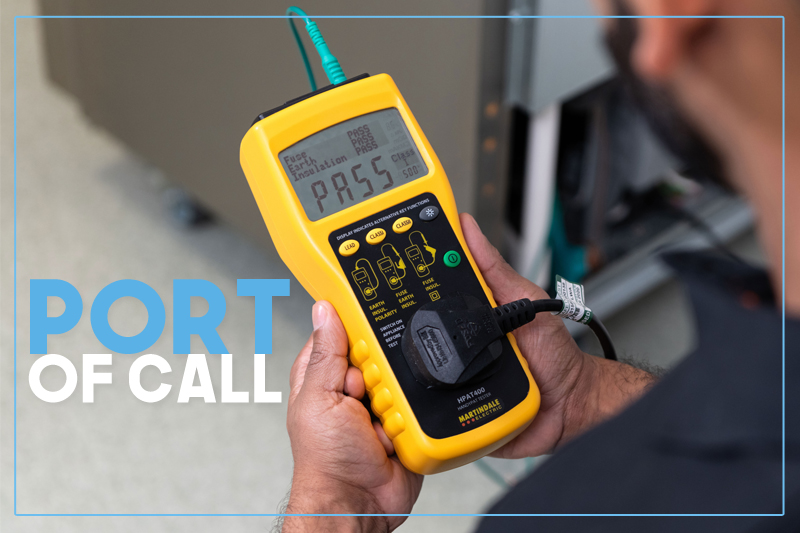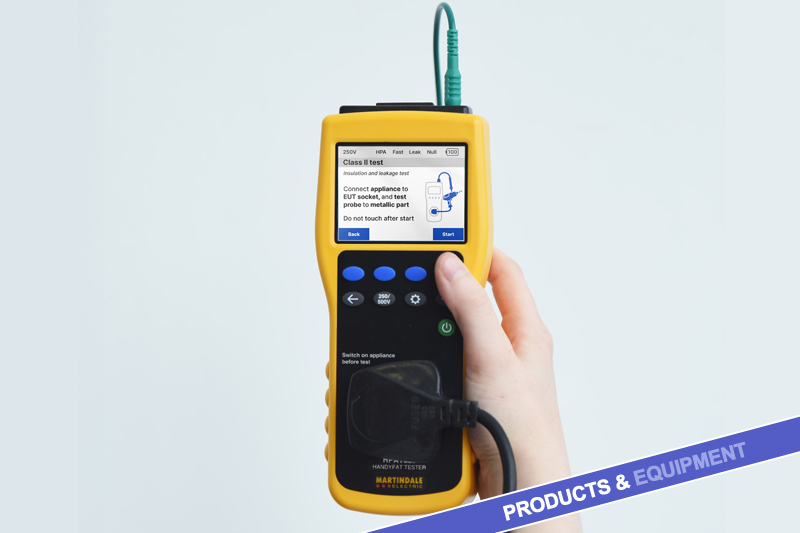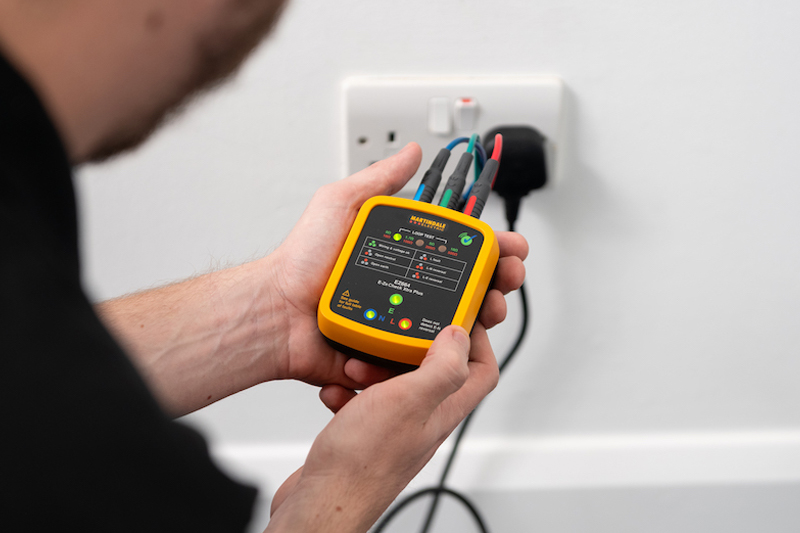Steve Dunning, Managing Director of Martindale Electric, looks at Portable Appliance Testing (PAT) and why it’s important wholesaler customers get it right.
Every year, a significant number of electrical accidents, many involving portable appliances, are reported to the Health and Safety Executive (HSE) in the UK. This statistic underscores the critical importance of Portable Appliance Testing (PAT) in maintaining workplace safety.
Under the Electricity at Work Regulations (1989), any electrical equipment with the potential to cause injury must be kept in a safe condition. Additionally, the Fifth Edition of the IET Code of Practice, while advocating for risk assessments to minimise unnecessary testing, still mandates that PAT be conducted by a competent person. This requirement ensures the highest standards of electrical safety are maintained, which is vital for wholesalers to convey to their customers.
Understanding the broad spectrum of devices that fall under PAT regulations is crucial. Portable appliances include anything that uses a flexible cable or plug and socket, encompassing a wide range of equipment from hand-held tools to fixed appliances like kettles and hairdryers in commercial settings. Testing these types of appliances for safety is essential in preventing accidents and ensuring compliance with safety regulations.
Wholesalers can play a pivotal role in promoting electrical safety through the products they supply and the knowledge they can impart at the trade counter. The selection of PAT testing equipment is a significant decision, and the Martindale HPAT Series, for example, is easy to use, efficient and represents the latest in portable testing technology. These devices, designed for testing on-site, are essential tools for upholding safety standards in various operational environments.
Along with user-friendly PAT equipment, Martindale also provides wholesalers and their customers with plenty of insights and information to help them carry out testing to the required level. Even if your customers are experienced users of portable appliance testers, they still might end up making one of these common mistakes, including:
1. Not doing a visual inspection
Any signs of damage and dents/scratches on the casing should be reported. If the cable shows signs of wear or is not plugged in properly, this should also be recorded, as it could indicate that the appliance is unsafe.
2. Not doing the tests in the required order
If you do the insulation test first on a Class 1 appliance, you don’t know if the conductive earth path is good. (In Class 1 appliances, most PATs use the earth wire as the return signal path, so you don’t need a probe for the insulation test.) If the earth path isn’t tested and proven good, you can’t rely on the insulation test
3. Forgetting to switch the appliance on
Think about the situation where the live wire is broken inside the appliance and touching the outer casing. When you do the insulation test, everything inside the appliance should be at 250V/500V. The tester detects any voltage escaping to the appliance housing. But if you haven’t switched it on, the voltage can’t get through the live wire, nothing will escape, and you could have an incorrect pass on a dangerous appliance.
4. Touching the appliance
The truth is most appliances pass the insulation test, so you get into the habit of holding drills, etc., to make it easier to hold the probe in contact. Then, one day, the appliance insulation fails, and… you get a shock, which is not dangerous in itself but could cause a reaction resulting in harm.
5. Only doing one earth bond test
Many of the most experienced testers fall for this. If an appliance has multiple, apparently isolated outer parts with separate earthed paths, each must be measured separately.
6. Taking an average reading
If you have multiple earth paths, don’t take the average reading – it’s the worst case that matters.
7. Trying to do an earth bond test on a Class II appliance
It will, of course, fail, as Class II appliances have no earth. This is a very common problem and causes a large number of calls to technical helplines.
8. Only doing one insulation test
For the same reason in 5 above, this is a common fault. At how many places on a power tool could the insulation break down? Obviously, at the chuck, but what about the ventilation slots, the trigger, the assembly screws, and the speed control? The best solution is to wrap the device in kitchen foil and test it once on the foil (you can buy special conductive bags, but foil is cheaper).
9. Not checking the fuse is conducting (see point 3 above)
You don’t have to do a separate fuse test – the operation test will prove that the appliance is both on and the fuse is okay.
10. Failing to do a function test (powering it up)
Some entry-level PATs don’t have the ability to power up the appliance. Plug the appliance into the wall socket (after PAT testing) and make sure it works properly.
11. Not testing at the correct voltage
It is very common for people to make the mistake of performing a 500V test on surge protection extension leads. These require a lower voltage 250V test. This is especially helpful when testing appliances with surge-protected circuits, such as sensitive IT equipment, at 250V.
12. Not calculating the correct pass level
Many appliances are plugged into longer power cables than those specified by the manufacturer. The current pass level for an appliance with a longer power cable is calculated differently than the pass level for an appliance with a shorter power cable. This can be determined by a calculation available in the PAT code of practice.
Getting PAT right is crucially important and electrical wholesaler trade counter staff and their customers can find more useful information and downloads at the Martindale website, visit here





